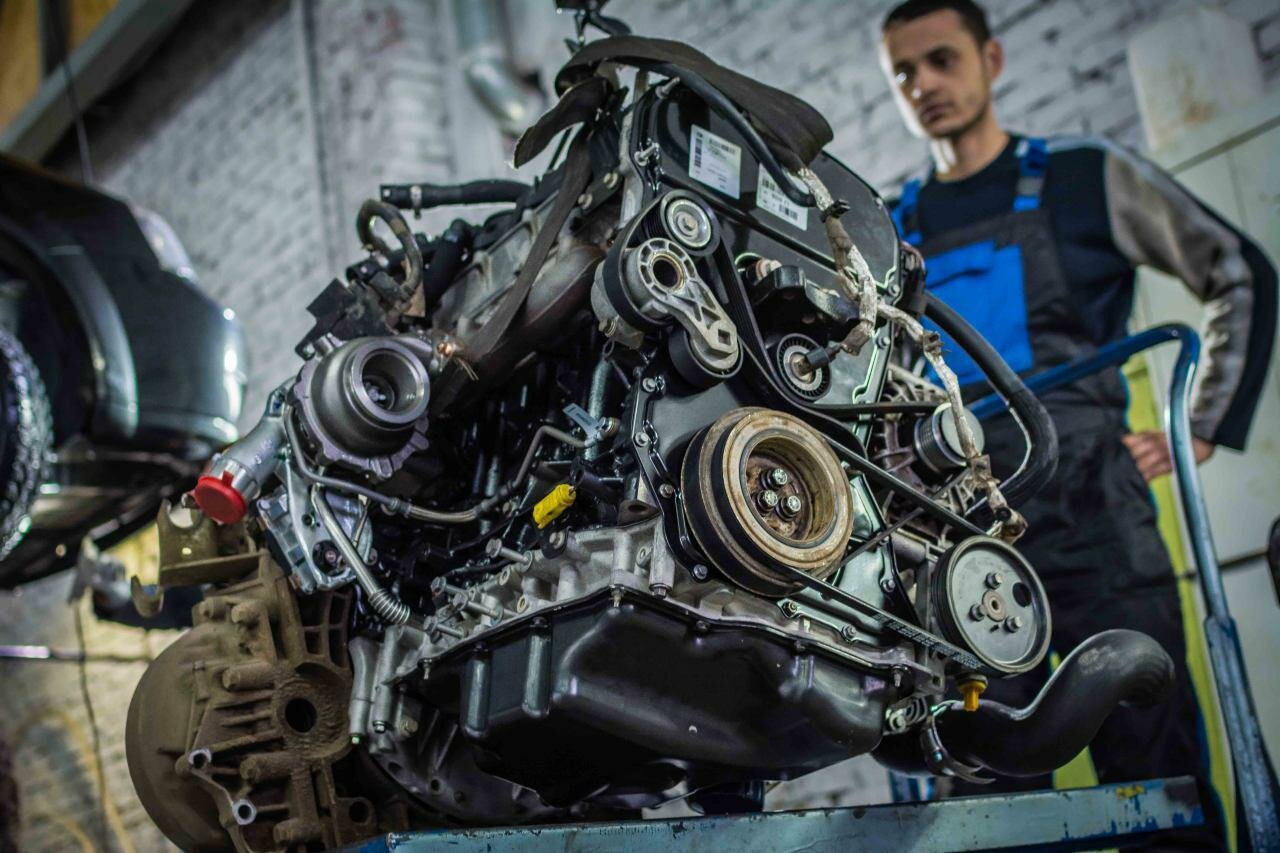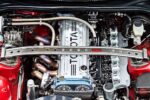Chevy Impala 2.5 Liter Engine: A Brief Overview
A Legacy of Performance
The Chevy Impala has long been a staple in the American automotive landscape, known for its blend of style, comfort, and performance. First introduced in 1958, the Impala quickly became a symbol of American muscle and luxury. Over the decades, it has undergone numerous transformations, adapting to changing consumer preferences and technological advancements. By the time the sixth generation of the Impala was released in 2014, it was clear that Chevrolet aimed to combine modern engineering with the classic appeal that had made the Impala a household name.
Among the various engine options available for the Impala, the 2.5-liter four-cylinder engine stands out as a choice for those seeking a balance between fuel efficiency and adequate power. While this engine has its merits, it has also garnered attention for a range of problems that can significantly impact the driving experience. Owners have reported issues that can affect performance, reliability, and even safety.
As the automotive industry continues to evolve, the Impala’s legacy is challenged by the emergence of new technologies and competitors. However, the 2.5-liter engine remains a focal point for discussions surrounding the model, particularly concerning its shortcomings. Understanding these problems is crucial for current and prospective owners, as they navigate the complexities of maintenance and repair. The following sections will delve into the specific issues associated with the Chevy Impala’s 2.5-liter engine, providing a clear picture of what to expect and how to address these challenges effectively.
Common Problems with the Chevy Impala 2.5 Liter Engine
The Chevy Impala’s 2.5-liter engine, while designed to offer a balance of efficiency and performance, has been associated with a variety of issues that can lead to significant headaches for owners. Understanding these problems is essential for maintaining the vehicle and ensuring a reliable driving experience.
Engine Performance Issues
One of the most frequently reported problems with the 2.5-liter engine is a noticeable decline in performance. Drivers have experienced sluggish acceleration and a lack of power, particularly when merging onto highways or climbing steep inclines. This can be attributed to several factors, including:
- Fuel delivery problems
- Faulty spark plugs
- Issues with the throttle body
These performance issues not only affect the driving experience but can also lead to increased fuel consumption, further exacerbating the problem.
Oil Consumption Problems
Excessive oil consumption is another common complaint among Chevy Impala owners. Many have reported needing to add oil frequently between changes, which can indicate underlying engine problems. This issue can stem from:
- Worn piston rings
- Leaking gaskets
- Faulty valve seals
Failing to address oil consumption issues can lead to severe engine damage over time, resulting in costly repairs.
Cooling System Failures
The cooling system in the 2.5-liter engine is crucial for maintaining optimal operating temperatures. However, several owners have reported issues such as:
- Overheating
- Coolant leaks
- Malfunctioning water pumps
Overheating can lead to catastrophic engine failure if not addressed promptly, making it a critical issue for owners to monitor.
Transmission Problems
While the transmission is not part of the engine itself, it is closely related to engine performance. Some Impala owners have reported transmission issues that can be linked to the 2.5-liter engine’s performance problems. Common complaints include:
- Rough shifting
- Delayed engagement
- Transmission slipping
These issues can lead to a frustrating driving experience and may require significant repairs.
Electrical System Glitches
Electrical problems can also plague the 2.5-liter engine, affecting various components and systems. Common electrical issues include:
- Faulty sensors (e.g., oxygen sensors)
- Malfunctioning fuel injectors
- Battery drain issues
These glitches can lead to poor engine performance and increased emissions, making them critical to address.
Top views |
|
|---|---|
 |
Oil, Timing Chains, Pistons: What Really Kills an Engine Prematurely? |
 |
How to Choose a Car with a Reliable Engine: Used Car Market Hacks That Actually Work |
Symptoms and Consequences
Understanding the symptoms associated with these problems can help owners identify issues early and take appropriate action. The following table summarizes common symptoms and their potential consequences:
| Symptom | Possible Consequence |
|---|---|
| Sluggish acceleration | Increased fuel consumption |
| Excessive oil consumption | Severe engine damage |
| Overheating | Catastrophic engine failure |
| Rough shifting | Transmission damage |
| Electrical glitches | Poor performance and emissions issues |




0 Comments